America
Items from America north of Mexico include a variety of objects from arrowheads to snowshoes and contains some items of significance such as the Naskapi painted caribou skin from Labrador, a hat made by the Yurok of California and birch bark and moose hair baskets from the Great Lakes area.
Items from Central and South America are mostly domestic items and weapons. They come from the West Indies, Peru, Mexico and Argentina.
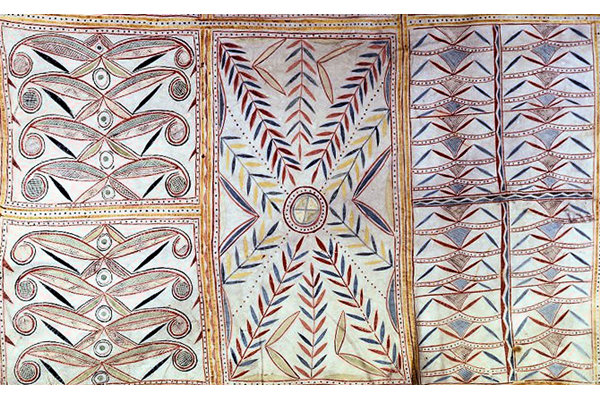
Naskapi decorated caribou skin from Canada
Naskapi decorated caribou skin - Canada - 19th century - 1993.34 ©McLean Museum and Art Gallery, Greenock.
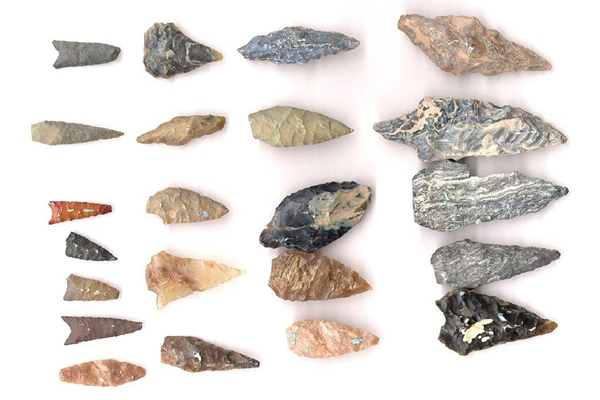
Arrowheads from the island of Santa Rosa, California
Arrowheads from the island of Santa Rosa, California - 1998.95 ©McLean Museum and Art Gallery, Greenock.

First Nations birch bark basket from Canada
First Nations birch bark basket from Canada - circa 1840 - 1981.797 ©McLean Museum and Art Gallery, Greenock.
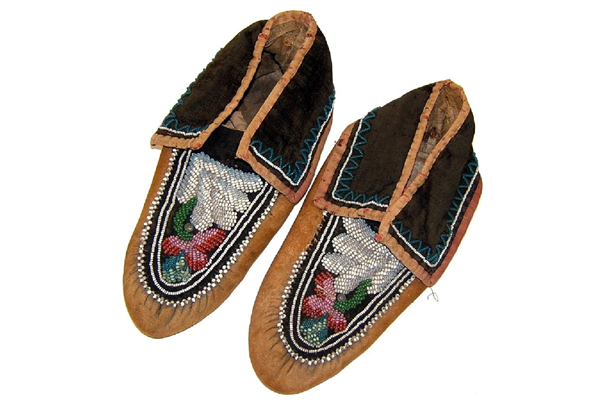
First Nations caribou hide moccasins from Canada
First Nations caribou hide moccasins from Canada - circa 1878 - 1981.842 ©McLean Museum and Art Gallery, Greenock.

Ceremonial hat made by the Yurok people of Northern California, United States
Ceremonial hat made by the Yurok people of Northern California, United States - 1981.859 ©McLean Museum and Art Gallery, Greenock.
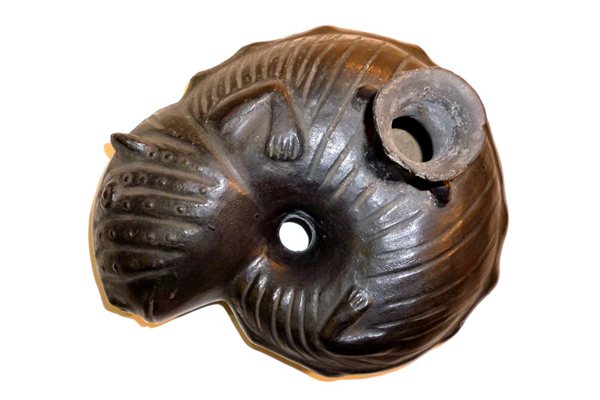
Black glazed ceramic pot from Peru
Black glazed ceramic pot from Peru - 1981.851 ©McLean Museum and Art Gallery, Greenock.
![20th century red ceramic pot from Paita [Payta] in Peru - 1981.849 ©McLean Museum and Art Gallery, Greenock.](/images_gallery/full/1373/1981849.png)
20th century red ceramic pot from Paita [Payta] in Peru
20th century red ceramic pot from Paita [Payta] in Peru - 1981.849 ©McLean Museum and Art Gallery, Greenock.
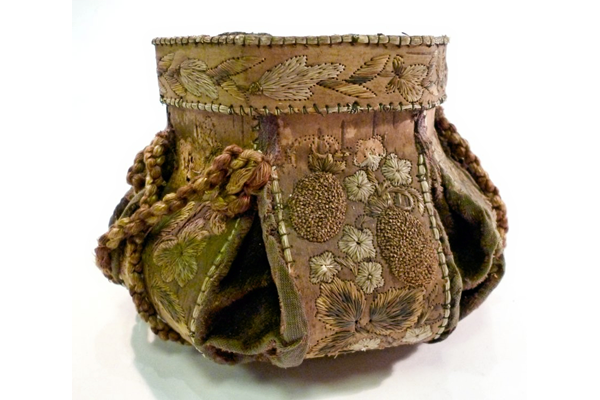
Birchbark Basket
Birchbark basket made in Canada around 1840 from birch bark, velvet, silk, dyed moose hair and sweetgrass. - 1981.795 © McLean Museum and Art Gallery, Greenock.
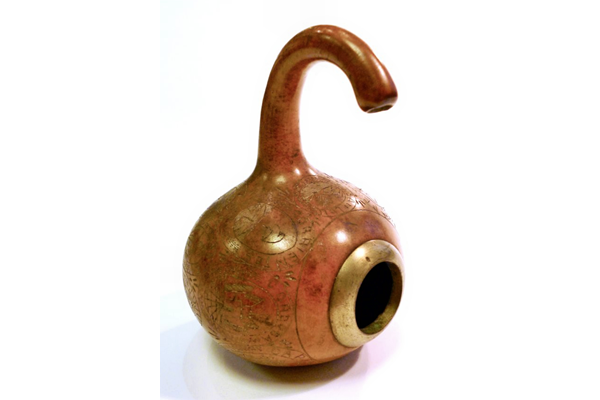
Gourd Cup
A 19th century gourd cup from Argentina decorated with various nationalist. It is fitted with a metal collar around the aperture and decorated with a series of individual cartouches enclosing symbols with the names of the Argentinian provinces inscribed above. - 1981.800 © McLean Museum and Art Gallery, Greenock.
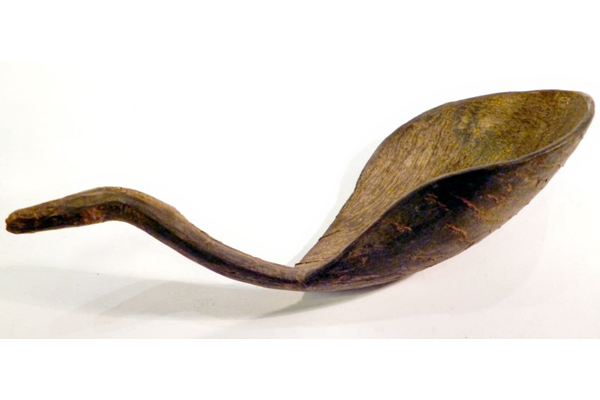
Horn Spoon
A nineteenth century native American spoon carved from dark coloured horn from Montana, United States. - 1981.801 © McLean Museum and Art Gallery, Greenock.
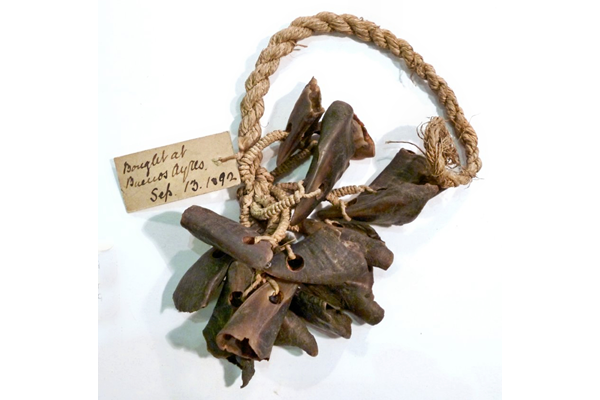
Anklet
A 19th century anklet from Argentina, made of rope with deer hooves attached. The old label states: 'attached to feet by Indians when dancing bought at Buenos Ayres Sept.13th 1892'. - 1981.804 © McLean Museum and Art Gallery, Greenock.
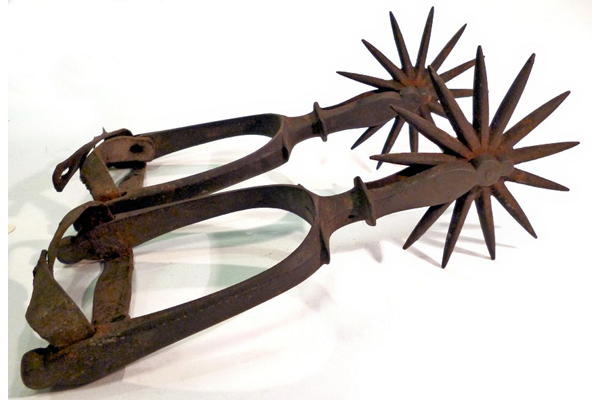
Spurs
A pair of 19th century metal spurs from Patagonia in Argentina. These were collected by Thomas Kincaid (1796-1884) of Greenock, founder of the engineering works. - 1981.808 © McLean Museum and Art Gallery, Greenock.

Beaded Glengarry
A 19th century Canadian First Nations hat made in a Glengarry style, covered with velvet and with a decoration of glass beads. This hat is in the style of the Haudenosaunee People and was probably made by them. - 1981.843 © McLean Museum and Art Gallery, Greenock.
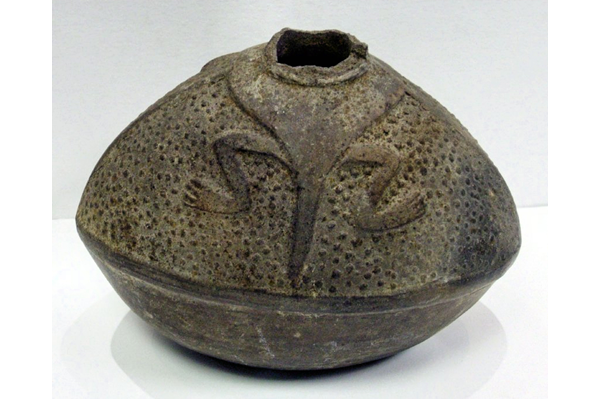
Decorated Pot
A ceramic pot, possibly made by the Chimú culture, from Peru. The pot in the form of rugby ball, grey in clour and decorated with a climbing frog. - 1981.845 © McLean Museum and Art Gallery, Greenock.

Stirrup Pot
A ceramic stirrup pot, possibly made by the Chimú culture, from Peru, period unknown, coloured yellow/orange with a stirrup handle. The main pot is shaped as 4 fruits or gourds linked together. - 1981.847 © McLean Museum and Art Gallery, Greenock.
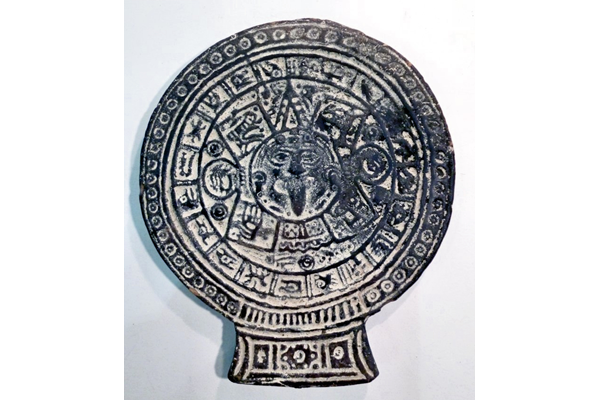
Zodiac Calendar
A black glazed flat ceramic zodiac disc from Mexico, period unknown, decorated with twenty signs in outer circle and four in the centre. - 1981.860 © McLean Museum and Art Gallery, Greenock.
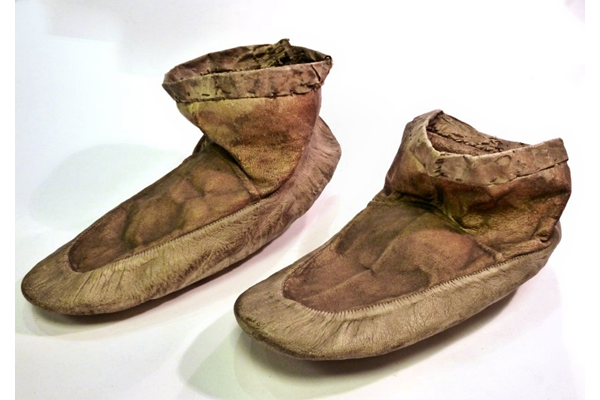
Sealskin Shoes
A pair of 19th century Inuit boots or shoes, period unknown,but made prior to 1877. They are constructed from sealskin and sewn together with seal gut. - 1981.864 © McLean Museum and Art Gallery, Greenock.
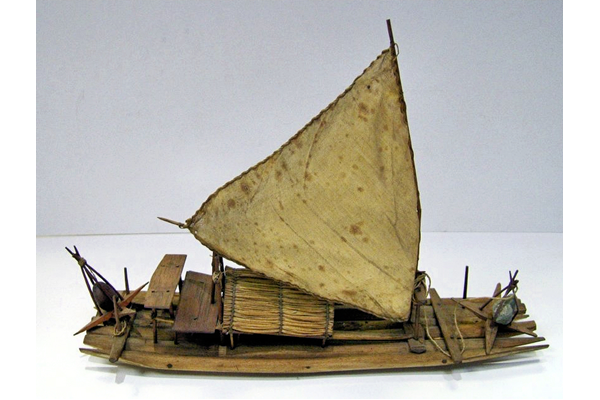
Boat Model
19th century full boat model of a Brazilian fishing raft from Pernambuco, probably made locally in Brazil. - 1987.201 © McLean Museum and Art Gallery, Greenock.
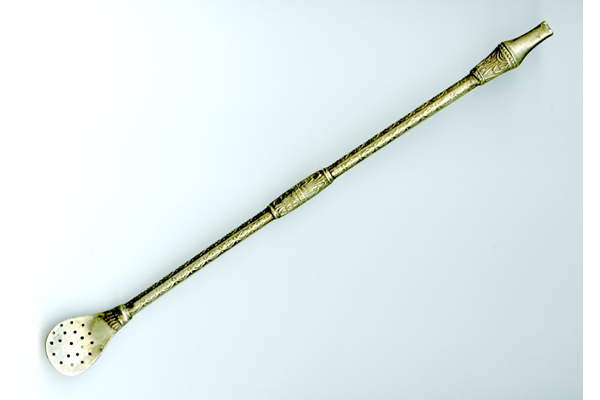
Bombilla
A 19th or early 20th century bombilla from Argentina used for making mate. The bombilla is made in silver with a spoon bowl with perforations at one end fixed to open tube & mouth piece type end, decorated with fine intricate patterning. Made of silver. - 1981.1359 © McLean Museum and Art Gallery, Greenock.

Religious Figure
A black glazed ceramic figure sitting in a crouched position from Mexico, period unknown, possibly representing a god. - 1981.861 © McLean Museum and Art Gallery, Greenock.

Arrows
Twelve native American stone arrowheads of different shapes and sizes and in different flints and stones.The arrowheads were said by the donor to have come from 'an old Indian fort' at North Bend, Ohio. - 1998.78 © McLean Museum and Art Gallery, Greenock.






![20th century red ceramic pot from Paita [Payta] in Peru - 1981.849 ©McLean Museum and Art Gallery, Greenock.](/images_gallery/thumb/1373/1981849.png)













